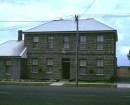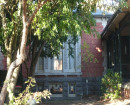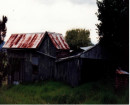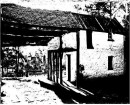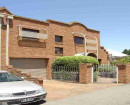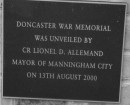SINGAPORE COTTAGE
136 SACKVILLE STREET COLLINGWOOD, YARRA CITY
-
Add to tour
You must log in to do that.
-
Share
-
Shortlist place
You must log in to do that.
- Download report
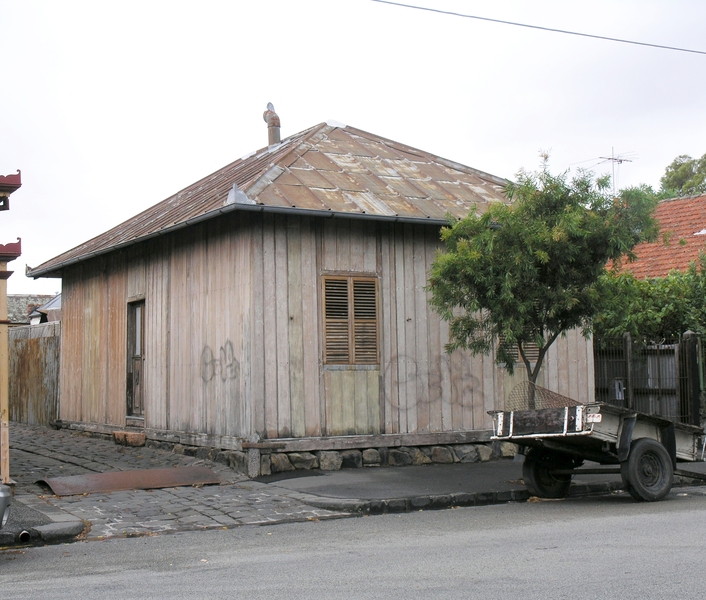

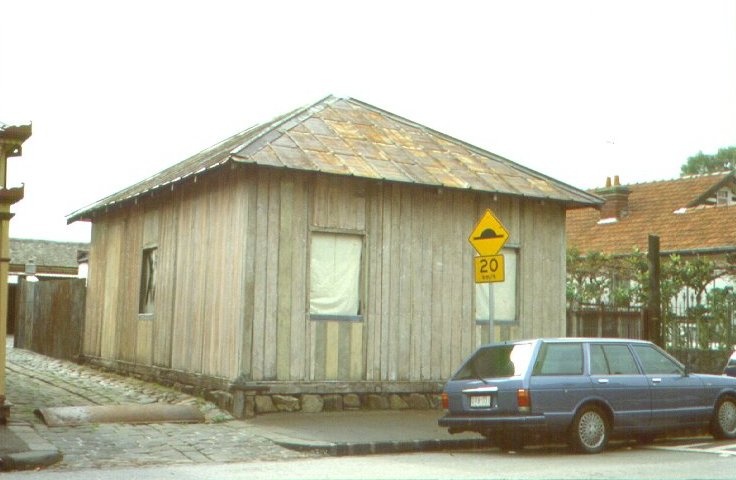
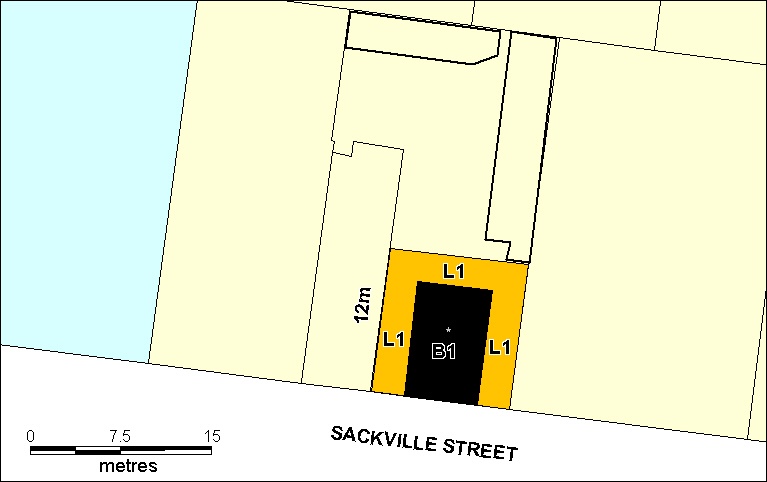
Statement of Significance
What is significant?
The Singapore Cottage now located at 136 Sackville Street (and identified as "N4") has replaced a previous Singapore Cottage (known as A*) that was dismantled in 1998. The cottage A* is now in storage in parts. The identification "N4" refers to markings found on parts of the framing.
Singapore Cottages were a prefabricated building type imported from Singapore in large numbers during the 1850s. A few non-extant examples are known to have been imported from Singapore before this time, but hundreds of Singapore Cottages are known to have been imported into Victoria during the gold rush period, at a time when thousands of prefabricated buildings were being imported. Many were wooden houses, but other materials, such as cast iron, were also favoured for prefabrication.
The construction of a Singapore Cottage is distinctive, with dedaru and meranti timbers of Asian origin, heavy framing techniques, and a variety of Chinese and other characters painted or marked on the timber members; these markings provided an assembly guide to erecting the building.
This example, 30' by 20' (9.14m x 6.1m) was saved in 1993 from a site in St Kilda and was stored in its parts until re-erection at this site in 1998. It is not entirely intact, with some doors, linings and joinery details missing. However the original structural frame, with tell-tale crossovers at the corners of the top and bottom plates, and the extra structural horizontal member through the king posts in the trusses, are important components that diagnose this building as a Singapore Cottage. The external cladding is of butt-jointed sawn meranti boards placed vertically. The roof tiles are Morewood and Rogers patented galvanised iron tiles recycled from the cottage that previously stood on this site.
How is it significant?
The Singapore Cottage at 136 Sackville Street Collingwood is of historical and architectural significance to the State of Victoria.
Why is it significant?
The Singapore Cottage at 136 Sackville Street Collingwood is historically significant as a very rare surviving example of a once numerous prefabricated building type. It demonstrates the requirement for prefabricated houses in the rapidly expanding colony where, following the gold rushes, there was a shortage of local labour to construct buildings. Emigrants supposed it to be cheaper to import ready made houses with them to Victoria. The house also demonstrates the early trade links established between Melbourne and Singapore.
The Singapore Cottage at 136 Sackville Street Collingwood is architecturally significant as a rare example of a prefabricated building imported from Asia. Thousands of prefabricated buildings of different sorts, materials, sizes and origins were imported to cope with the sudden influx of people and the shortage of labour and materials. The distinctive framing techniques, exotic timbers and Chinese characters clearly identify the Asian origins of this house. This example has been re-erected and has consequently suffered a loss of integrity in some materials but essentially is significant as a rare example of its type.
-
-
SINGAPORE COTTAGE - Plaque Citation
Singapore Cottage
No. N4
is registered by the Heritage Council of Victoria
This rare surviving example of a prefabricated building imported from Singapore in the 1850s uses distinctive framing, exotic timbers and Chinese characters which distinguish is from the many prefabricated houses imported during the gold rush period.
Victorian Heritage Register Number H0610
SINGAPORE COTTAGE - Permit Exemptions
General Exemptions:General exemptions apply to all places and objects included in the Victorian Heritage Register (VHR). General exemptions have been designed to allow everyday activities, maintenance and changes to your property, which don’t harm its cultural heritage significance, to proceed without the need to obtain approvals under the Heritage Act 2017.Places of worship: In some circumstances, you can alter a place of worship to accommodate religious practices without a permit, but you must notify the Executive Director of Heritage Victoria before you start the works or activities at least 20 business days before the works or activities are to commence.Subdivision/consolidation: Permit exemptions exist for some subdivisions and consolidations. If the subdivision or consolidation is in accordance with a planning permit granted under Part 4 of the Planning and Environment Act 1987 and the application for the planning permit was referred to the Executive Director of Heritage Victoria as a determining referral authority, a permit is not required.Specific exemptions may also apply to your registered place or object. If applicable, these are listed below. Specific exemptions are tailored to the conservation and management needs of an individual registered place or object and set out works and activities that are exempt from the requirements of a permit. Specific exemptions prevail if they conflict with general exemptions. Find out more about heritage permit exemptions here.Specific Exemptions:DRAFT - NOT YET CONFIRMED BY THE HERITAGE COUNCIL
(EARLY REGISTRATION PROJECT)
General Conditions:
1.All alterations are to be planned and carried out in a manner that prevents damage to the fabric of the registered place or object.
2. Should it become apparent during further inspection or the carrying out of alterations that original or previously hidden or inaccessible details of the place or object are revealed which relate to the significance of the place or object, then the exemption covering such alteration shall cease and the Executive Director shall be notified as soon as possible.
3. If there is a conservation policy and plan approved by the Executive Director, all works shall be in accordance with it.
4. Nothing in this declaration prevents the Executive Director from amending or rescinding all or any of the permit exemptions.
5. Nothing in this declaration exempts owners or their agents from the responsibility to seek relevant planning or building permits from the responsible authority where applicable.
* General repairs and maintenance and the replacement of like materials with like materials.
* Interior fit-out of cottage as required with introduced Meranti timbers.SINGAPORE COTTAGE - Permit Exemption Policy
DRAFT - NOT YET CONFIRMED BY THE HERITAGE COUNCIL
(EARLY REGISTRATION PROJECT)
The purpose of the permit exemptions is to allow works that do not impact on the significance of the place to occur without the need for a permit. Repairs and maintenance which replace like materials with like are permit exempt.
This house replaced an earlier example of a Singapore Cottage, which is now dismantled and in storage. This example has a fair degree of introduced or recycled components. The essential component, the framing, is intact, and this comprises the most important element of the building, together with the recycled galvanised iron tiles on the roof. Mernati timbers (from sources other than Singapore Cottages) has been introduced to make up for missing parts. Future replacement of softwood by Meranti will not adversely effect the significance of the place.
-
-
-
-
-
DIGHTS MILL SITE
 Victorian Heritage Register H1522
Victorian Heritage Register H1522 -
COLLINGWOOD TOWN HALL
 Victorian Heritage Register H0140
Victorian Heritage Register H0140 -
FORMER CHURCH OF CHRIST
 Victorian Heritage Register H0141
Victorian Heritage Register H0141
-
'Altona' Homestead (Formerly 'Laverton' Homestead) and Logan Reserve
 Hobsons Bay City
Hobsons Bay City
-
-







